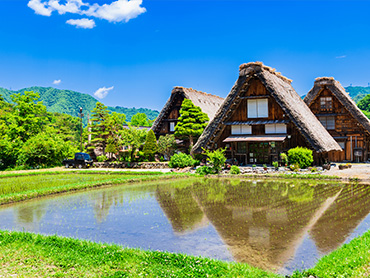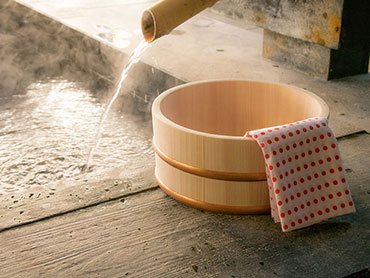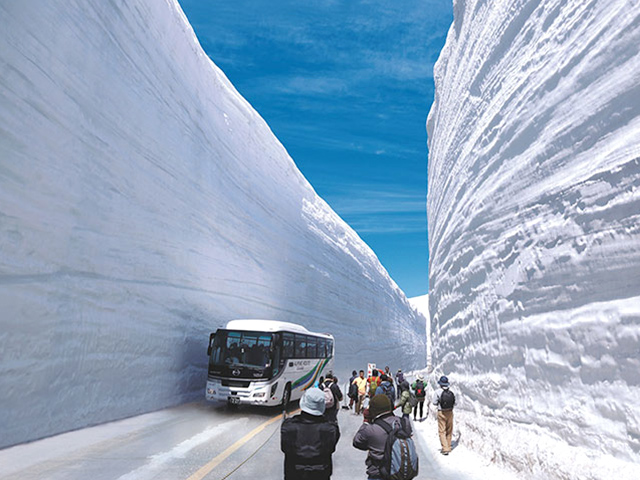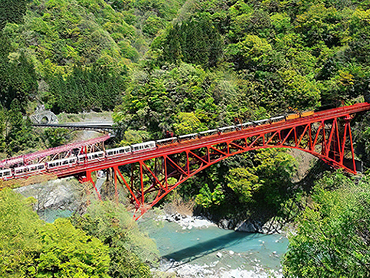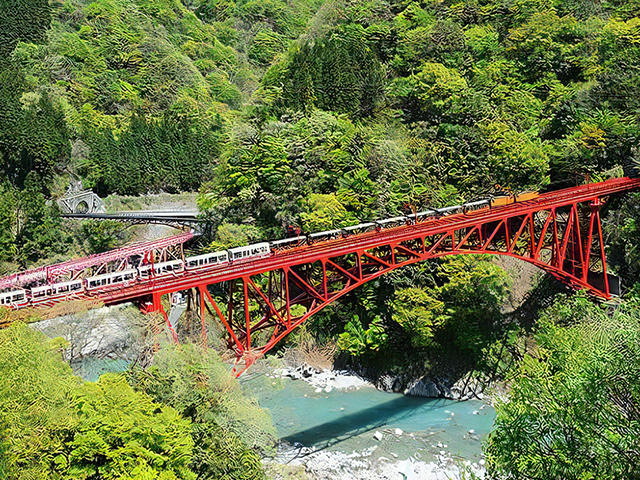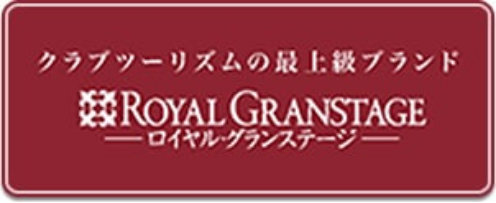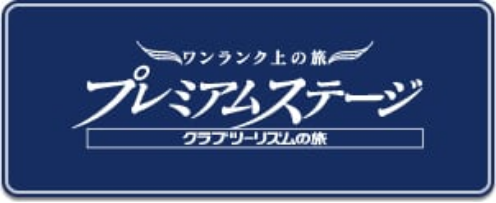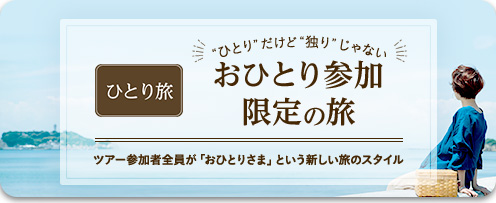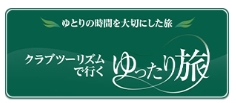[From Gunma/ Tochigi] Toyama trip/Toyama tour
![[From Gunma/ Tochigi] Toyama trip/Toyama tour](/ct/japan/todoufuken/pc-toyama.jpg)
![[From Gunma/ Tochigi] Toyama trip/Toyama tour](/ct/japan/todoufuken/sp-toyama.jpg)
Search by recommended spots

Tateyama Kurobe Alpine Route

雪の大谷(イメージ)
6つの乗り物で通り抜けるアルペンルートは、室堂や黒部ダムなど見所満載。アルペンルート内に宿泊するツアーもご用意しています。(※雪の大谷は4月中旬~6月下旬の期間限定)
Search by conditions
Popular tour rankings for Toyama trips departing from Gunma and Tochigi
Search by popular destinations and themes
Search by date and destination
Click on the date on the calendar
*Clicking a date on the calendar will change its color and select it.
To select a specific period, click the first and last dates.
transportation




